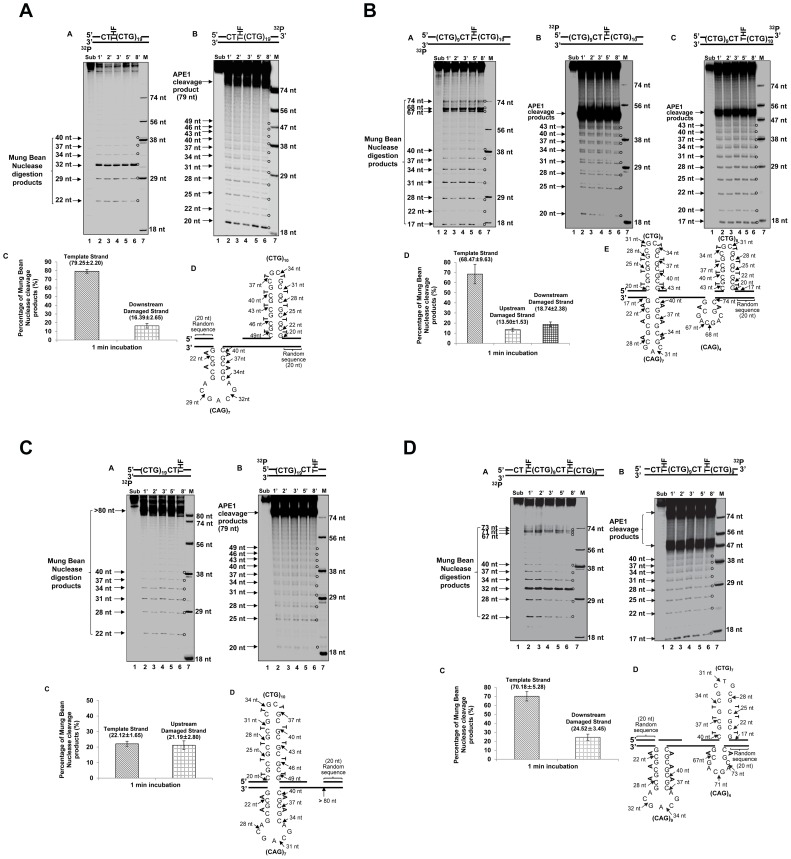Figure 6. The formation of hairpins resulting from an abasic lesion located at different positions of (CTG)20 repeats.
The hairpins formed on both the damaged and template strands of the (CTG)20 repeat-containing substrate with a base lesion located at different positions of repeat tracts, were probed by Mung Bean Nuclease digestion under the conditions described in the Materials and Methods. The results of hairpin probing from a damage located at the 5′-end, in the middle, or at the 3′-end of the repeat tract are illustrated in (A), (B), and (C), respectively. The results from the damages located at both the 5′-end and in the middle of the repeats are illustrated in (D). The relative amount of hairpins was illustrated as the percentage of Mung Bean Nuclease cleavage products. The percentage of Mung Bean Nuclease cleavage products for the damaged strand were calculated by the amount of Mung Bean Nuclease cleavage products that accounted for the formation of hairpin over the total amount of APE1 cleavage products at 1-min interval of enzymatic digestion of hairpins. The percentage of Mung Bean Nuclease cleavage products that represent the formation of a template hairpin induced by the damage at the 5′-end, in the middle, at the 3′-end, and at both the 5′-end and the middle of (CTG)20 repeat, was calculated based on 55%, 50%, 56% and 75% of the total amount of the template strand, respectively. A deduced hairpin is illustrated schematically along with specific nuclease digestion sites as indicated. Lane 1 represents the undigested substrates. Lanes 2−6 represent the digestion products generated at various time intervals. Lane 7 represents a series of synthesized size markers (M) for illustrating the size of the digestion products.

